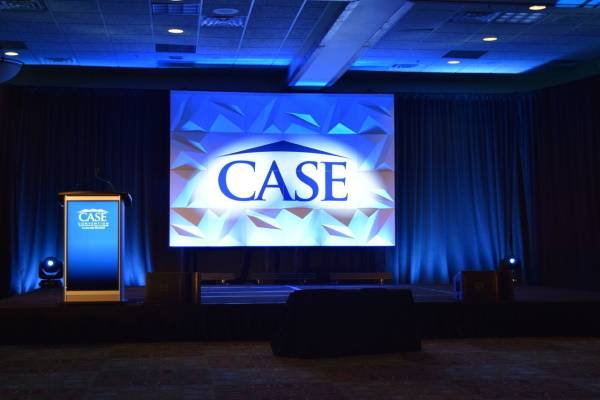Illuminating the Impact of Illumination Methods on the Art of Film Projection Mapping Techniques
Illuminating the Impact of Illumination Methods on the Art of Film Projection Mapping Techniques
Blog Article
Video projection mapping is an innovative art form that merges technology and innovation to transform ordinary spaces into extraordinary sight displays. This method involves casting images and videos onto 3D elements, such as buildings, artworks, or stages. One of the key significant elements in producing successful mapping is the use of efficient illumination methods. Proper lighting improves the visual components of the display and guarantees that the images are crisp and engaging. This piece examines the influence of lighting methods on video projection and how they can elevate the complete encounter.
Illumination plays a vital role in video projection because it establishes the mood and feel of the exhibit. Different illumination methods can evoke various emotions and reactions from the audience. For example, using gentle, cozy illumination can create a welcoming atmosphere, while bright, cool lights may produce a more energetic or intense effect. By thoughtfully selecting light hues and intensities, creators can manipulate how audience perceive the displayed visuals, leading to a more immersive encounter. The equilibrium between projection luminance and ambient illumination is essential, as it can greatly impact the clarity and effect of the images.
In addition to, hue and Related Site brightness, the direction of light also affects the effectiveness of projection. Lighting from different directions can generate shadows and accents that introduce dimension to the projected images. This method, known as light and shadow, can improve the three-dimensionality of the objects being mapped. Furthermore, using moving lights can add energy to the display, this website making the encounter more engaging for the audience. When the light interacts with the projected visuals, it can create an effect of motion and change, grabbing the audience's attention.
Another essential element of illumination in mapping in the use of unique effects. Techniques such as gobo lighting, which employs patterns and forms to project light, can introduce depth and complexity to the mapping. This approach enables artists to layer visuals and produce visually stunning results that enhance the mapping. Additionally, incorporating lasers or LED lights can further enhance the display, providing a distinct mix of sight components that draw the viewers in. These special features, when used thoughtfully, can transform the projection beyond a basic show to an immersive work of art.
In summary, the influence of lighting techniques on video projection is profound. By understanding how various lighting components connect with projected images, creators can produce captivating experiences that resonate with viewers. The thoughtful selection of color, intensity, direction, and special features enables for a rich canvas of sight narrative. As tech continues to evolve, the possibilities for creative showcasing in mapping will only grow, making illumination an increasingly vital aspect in this innovative art form.